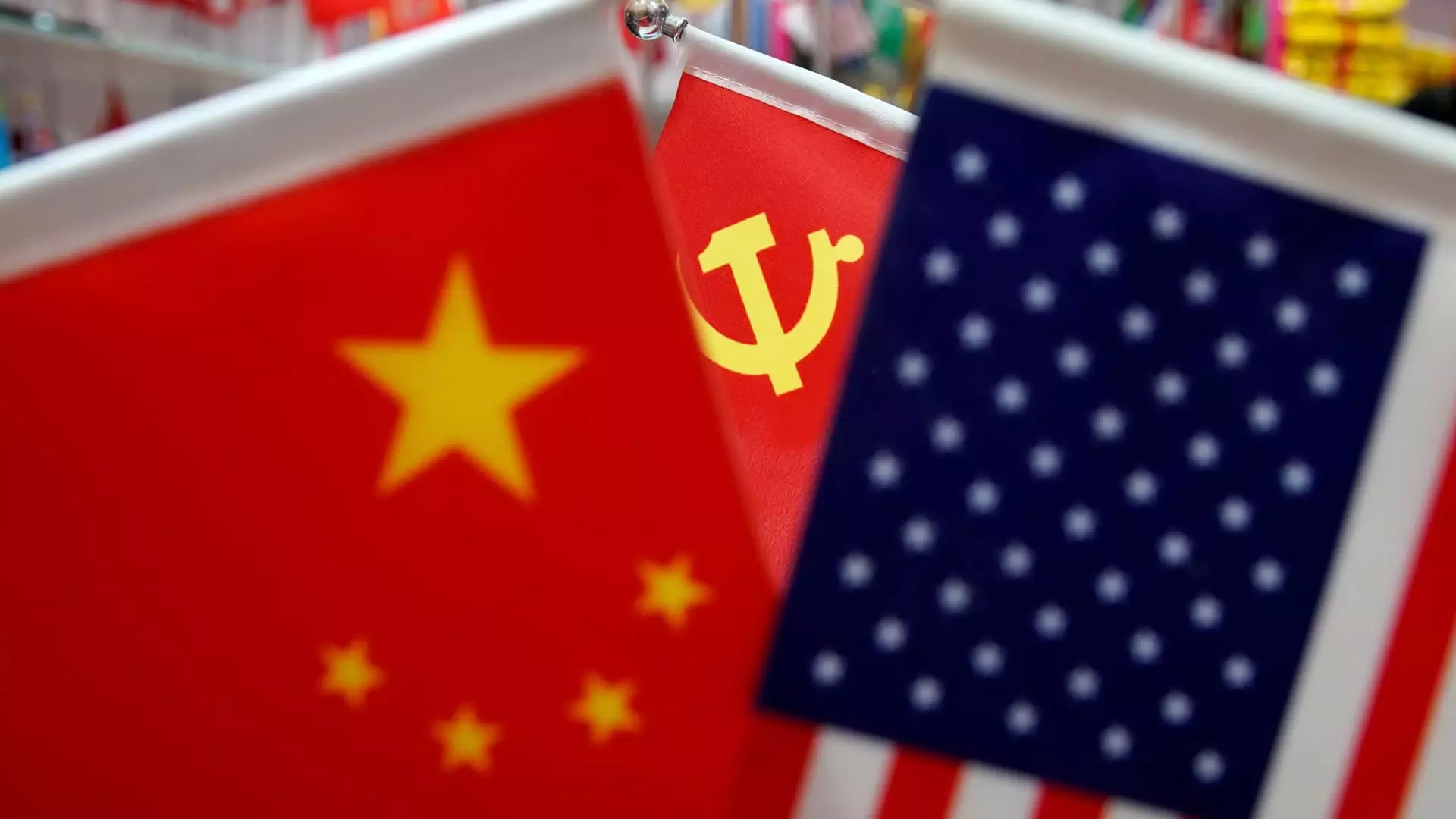In the aftermath of the 2020 U.S. presidential elections, China’s government has issued a clear call for increased collaboration with the United States. The reaction followed the confirmation of Donald Trump’s reelection campaign outcome, revealing an acknowledgment of the shifting political landscape. The Chinese Ministry of Commerce expressed a desire for constructive dialogue, emphasizing the importance of mutual respect and cooperative coexistence as foundational aspects of any potential engagement with the incoming administration. Such statements reflect an understanding of the challenges posed by escalating trade tensions that have characterized U.S.-China relations in recent years.
The potential for increased tariffs and trade restrictions under Trump’s administration looms large over the bilateral economic relationship. Following a cycle of punitive measures during his first term, the prospect of further tariffs particularly targeting Chinese technology products threatens to disrupt already strained economic ties. Economists like Yue Su have forecasted that the new administration may act swiftly to impose tariffs. Their implementation might be grounded in legislative provisions that empower the president to tackle trade imbalances, suggesting a more aggressive stance is on the horizon.
Conversely, perspectives differ among economic analysts regarding the likelihood and impact of these tariff increases. David Chao from Invesco posits that expectations surrounding catastrophic tariff increases may be overstated. He theorizes that Trump’s proposals could be leveraged as bargaining chips to secure concessions rather than imminent policies. This contrast emphasizes the complexities of U.S.-China relations; while the threat of tariffs remains, the actual execution may be less severe than anticipated.
The broader implications of U.S. tariff policies extend beyond just China; they threaten to reshape global economic dynamics. A proposed across-the-board tariff of even 10% could ripple through supply chains, adversely affecting not only China but also numerous countries that are deeply integrated into the trade networks with the U.S. Such measures risk stifling global demand, ultimately curtailing economic growth across Asia and beyond. The current geopolitical climate suggests that the U.S. must navigate these trade strategies carefully; indiscriminate tariffs could lead to long-term consequences that may hinder international collaboration at a time when it’s desperately needed to focus on shared challenges like the pandemic and climate change.
China’s overture for cooperation stands in stark juxtaposition to the potential enforcement of tariffs, highlighting a pivotal moment for both countries. It illustrates the necessity for both sides to seek a balanced approach that fosters economic growth while addressing legitimate trade grievances. As these nations continue to grapple with the fallout of the past few years, it becomes increasingly evident that progressive dialogue and strategic partnerships are essential for cultivating a stable and prosperous future. For the global economy to thrive, it is critical that the U.S. and China find common ground amidst rising tensions, prioritizing mutual benefits over confrontational policies.


Leave a Reply